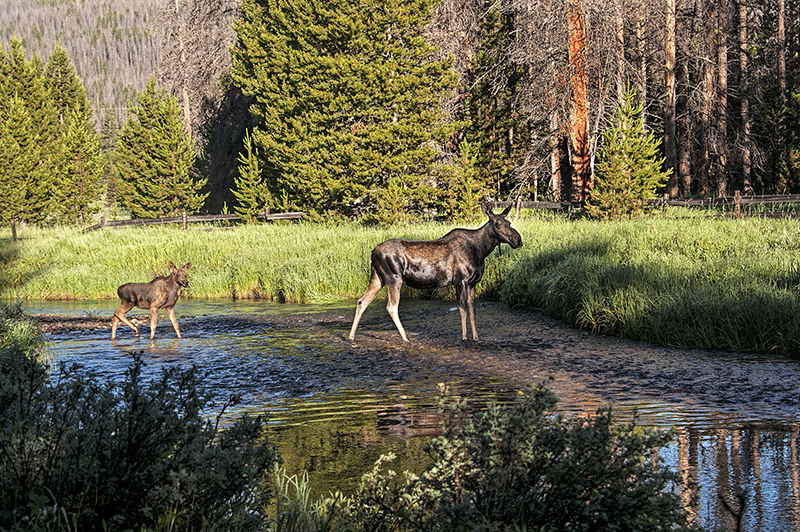
The biggest problems facing mankind today,
short of annihilation by all out thermonuclear war,
are overpopulation and environmental degradation.
Jacque Cousteau
The environmental movement is less than 60 years old but its roots date back to the late 19th century. The story begins with the fate of three species.
The year 2014 marked the centennial commemoration of the extraordinary extinction of the passenger pigeon. For centuries the pigeon was believed to be indestructible, the most abundant bird in North America, and probably the world, with numbers estimated in the billions. And yet this remarkably successful species was extinguished in a brief three decades by human exploitation. The last documented pigeon in the wild was in 1900, in Ohio. Martha, the sole surviving captive bird, lived an additional 14 years at the Cincinnati zoo. On September 2nd, at the ripe old age of 17, she died, one of the few extinctions ever to be witnessed "live."
But Martha would not go quietly. This extinction would cause reverberations. She and her kind would become a rallying cry for a budding new morality in this country that believed it was just WRONG for man to indiscriminately annihilate a species for fun and profit. The passenger pigeon became a symbol of staggering abundance on the one hand and human greed and callousness on the other.
The entire coast of Oregon is "green," that is protected as parks and recreational areas. The belief that nature needs to be preserved rather than exploited and "conquered" is a product of new thinking in the 20th, or "Century of Conservation." Learning to harvest nature in a sustainable manner is one of the great challenges facing mankind in the 21st century. (next photo)